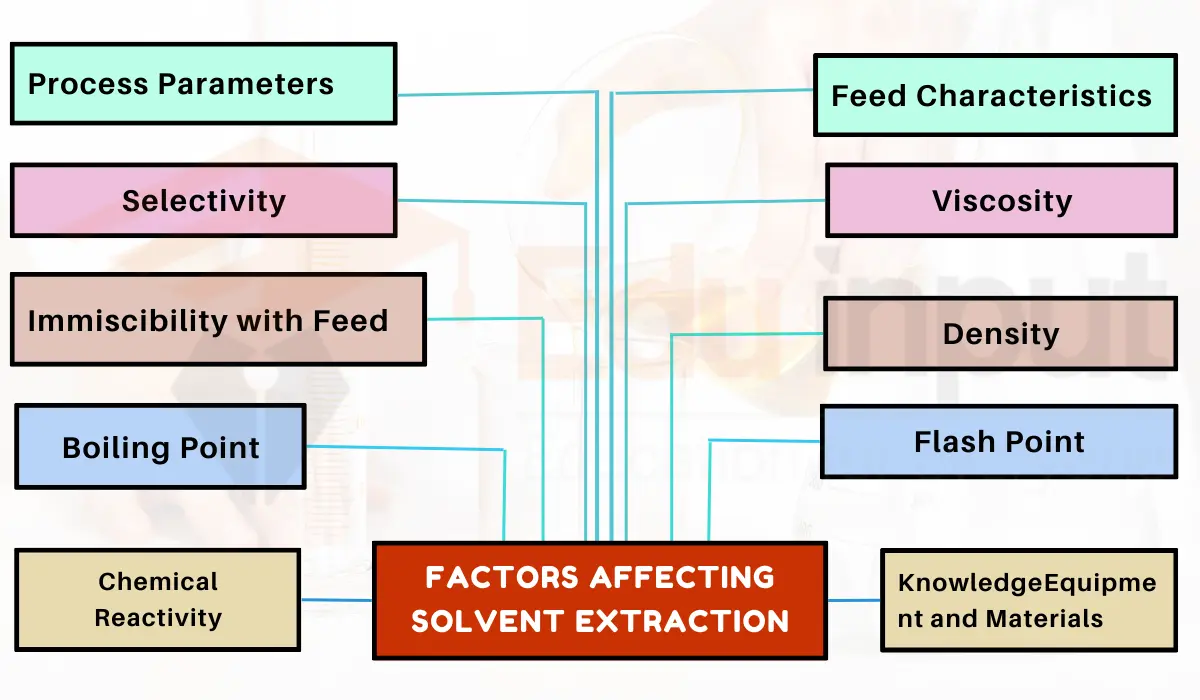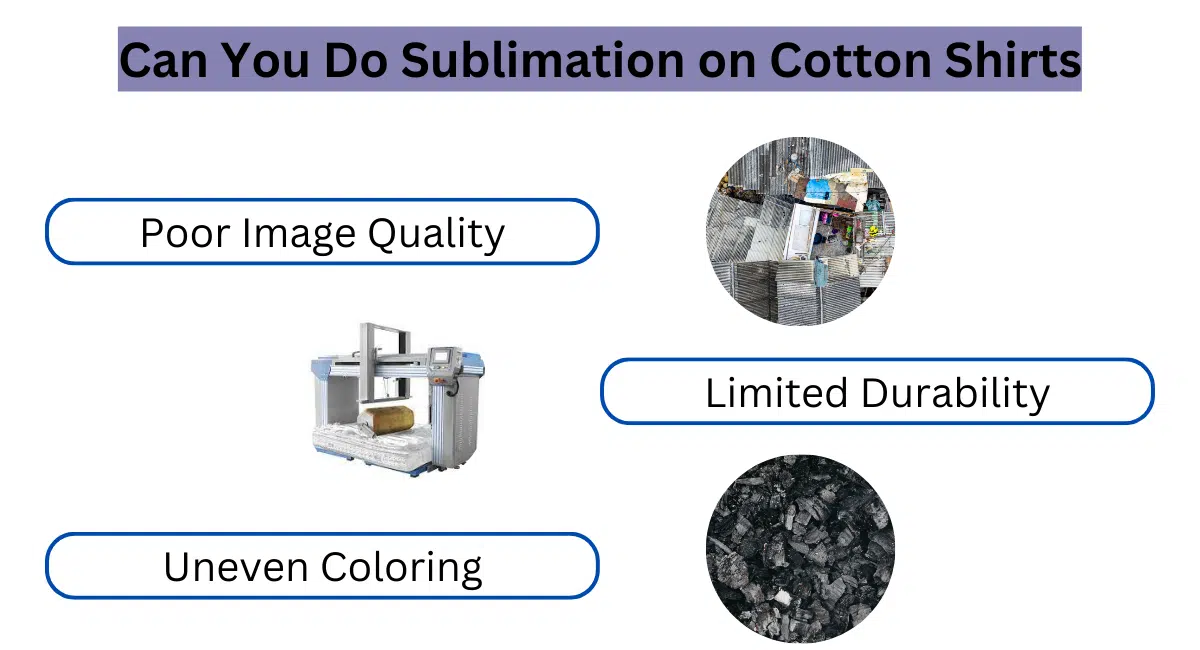Why do you have to cool the solution before filtering?
Cooling the solution before filtration is an important step in the filtration process that helps to prevent thermal decomposition, increase solubility, reduce the loss of product, and improve the purity of the product. Cooling the solution is a straightforward process that can be done using a refrigerator or freezer.
There are several reasons why it is necessary to cool the solution before filtration:
1. Prevent thermal decomposition:
Some compounds may decompose when exposed to high temperatures. Cooling the solution helps to prevent the thermal decomposition of these compounds and ensures that they remain stable during the filtration process.
2. Increase the solubility of the compound:
Cooling the solution can increase the solubility of the compound being filtered. This means that more of the compound will dissolve in the solvent, making it easier to filter and improving the efficiency of the filtration process.
3. Reduce the loss of product:
Cooling the solution can also help to reduce the loss of product during filtration. This is because some compounds may evaporate or react with the air when exposed to high temperatures, leading to a loss of product.
4. Improve the purity of the product:
Cooling the solution can help improve the product’s purity by reducing the formation of impurities. This is particularly important for compounds that are sensitive to high temperatures or prone to degradation.
How to cool the solution before filtration?
Cooling the solution before filtration is a straightforward process that can be done using the following steps:
1. Remove the solution from the heat source and allow it to cool to room temperature.
2. Once the solution has reached room temperature, place it in a refrigerator or freezer to cool it further. The amount of time needed to cool the solution will depend on the volume of the solution and the desired temperature.
3. Once the solution has been cooled to the desired temperature, it can be filtered using the appropriate filter paper and funnel.
4. Dispose of the filter paper and any remaining solution in the appropriate waste container.
By following the appropriate steps for cooling the solution, we can achieve a successful and efficient filtration process in the chemistry laboratory.






Leave a Reply